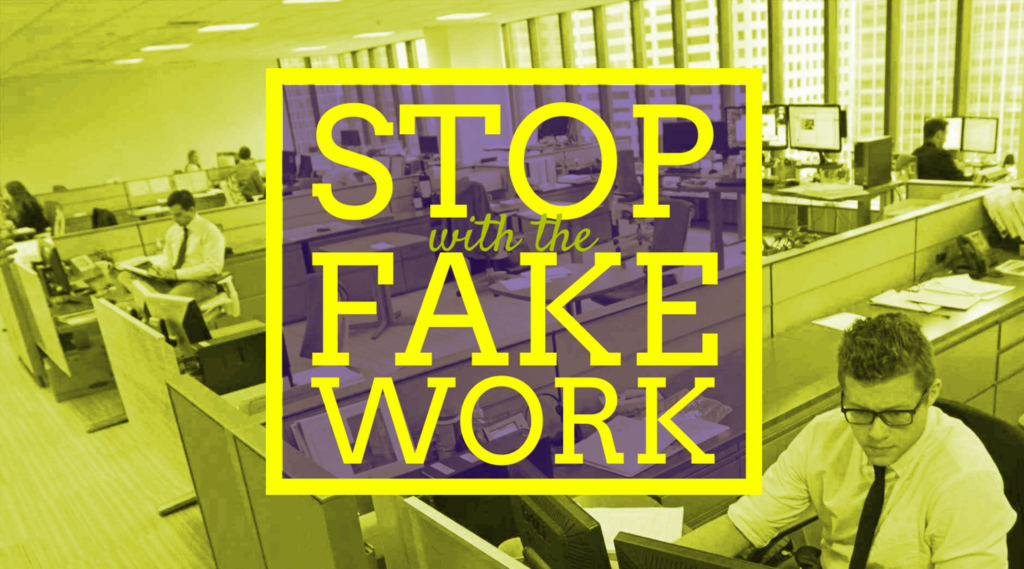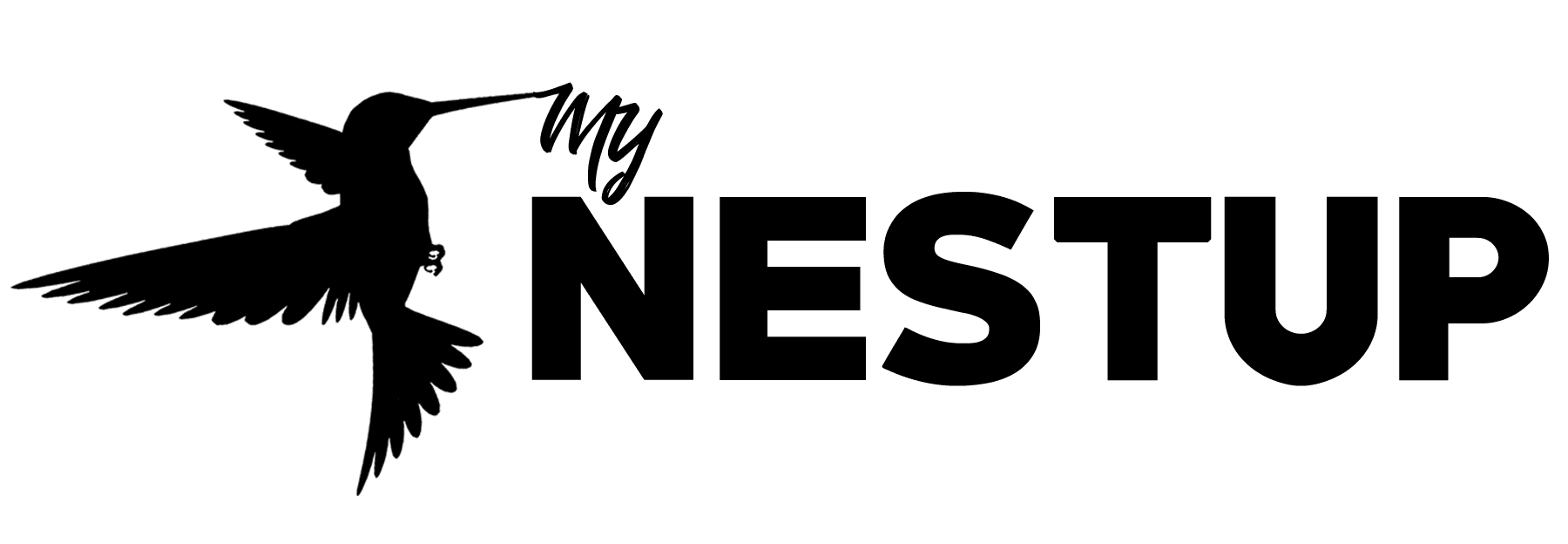Fake managers represent a significant internal threat within organizations, capable of wreaking havoc on both operational efficiency and employee morale. Their deceptive nature allows them to manipulate both their superiors and subordinates, exploiting perceived authority to manipulate workflows, mismanage resources, and even engage in embezzlement. Beyond the tangible consequences of their actions, such as missed deadlines and financial losses, these pretending to be managers create a toxic work environment characterized by distrust and low morale. Their unethical practices, such as favoritism and discrimination, further exacerbate tensions within teams, destabilizing dynamics and hindering productivity. Genuine managers face challenges in identifying and addressing these issues, often disguise or justify their actions, making it difficult to hold them accountable.
Without proper intervention, the repercussions of fake managers’ actions can be severe, leading to financial losses and legal consequences for the organization. Their incompetence and dishonesty not only damage the company’s reputation but also erode trust in leadership and organizational integrity. To mitigate this threat, organizations must implement stringent hiring and follow-up strategies to oversight processes and to prevent the infiltration of fake managers. By prioritizing integrity and competency in managerial roles, organizations can safeguard their operations and foster a culture of transparency, accountability, and ethical leadership.

According to the experts there are certain effective insightful strategies that can help in countering this organizational infiltration and are following:
“Implement rigorous background checks, reference verifications, and thorough screening processes during recruitment. Assess not only technical skills but also behavioral indicators of integrity and leadership,” referred to Enhanced Hiring Procedures
“Invest in ongoing training programs for managers at all levels to enhance their ability to identify and address red flags indicative of fake management behavior. Focus on building emotional intelligence, communication skills, and ethical decision-making,” Continuous Training and Development with on-going follow-up of training.
“Foster a culture of transparency where employees feel empowered to report suspicious behavior without fear of retaliation. Establish clear channels for reporting misconduct and ensure anonymity if necessary. Hold managers accountable for their actions through performance evaluations tied to ethical conduct,” referred to Promotion of Transparency and Accountability to overcome infiltered manager.
“Conduct periodic audits of managerial practices, workflows, and financial transactions to detect anomalies or irregularities. Utilize data analytics and internal controls to monitor performance metrics and identify deviations from expected norms,” can be address with Regular Audits and Reviews.
“Cultivate a leadership ethos grounded in ethical principles and integrity. Lead by example, emphasizing the importance of honesty, fairness, and respect in all interactions. Encourage open dialogue and constructive feedback to foster a culture of trust and collaboration,” Promotion of Ethical Leadership with the approach of bringing up Leaders not Bosses.
“Implement checks and balances within the organizational structure to prevent concentration of power and mitigate the risk of abuse. Distribute decision-making authority across multiple layers of management and establish oversight mechanisms to review key decisions,” Multi-layer decision authority to counter infilteration.
“Recognize the impact of toxic leadership on employee morale and well-being. Prioritize employee engagement initiatives, wellness programs, and conflict resolution mechanisms to mitigate the negative effects of fake managers on organizational culture,” necessary for employee’s morale Investment in Employee Well-being.
“Work closely with legal and compliance teams to ensure that organizational policies and procedures are aligned with regulatory requirements and industry best practices. Develop protocols for investigating allegations of misconduct and implementing corrective actions when necessary,” cross-team Collaboration with Legal and Compliance for effective policies and actions.
“Leverage technology solutions such as AI-powered analytics, blockchain for transparent transactions, and whistleblower platforms to enhance detection capabilities and strengthen internal controls,” acceptance of Technology Solutions with presence of monitory checks.
HR and Policy making experts suggest implementing these strategic initiatives, can effectively safeguard organizations against internal threats posed by fake managers, ensures the integrity and resilience of their management structures.







